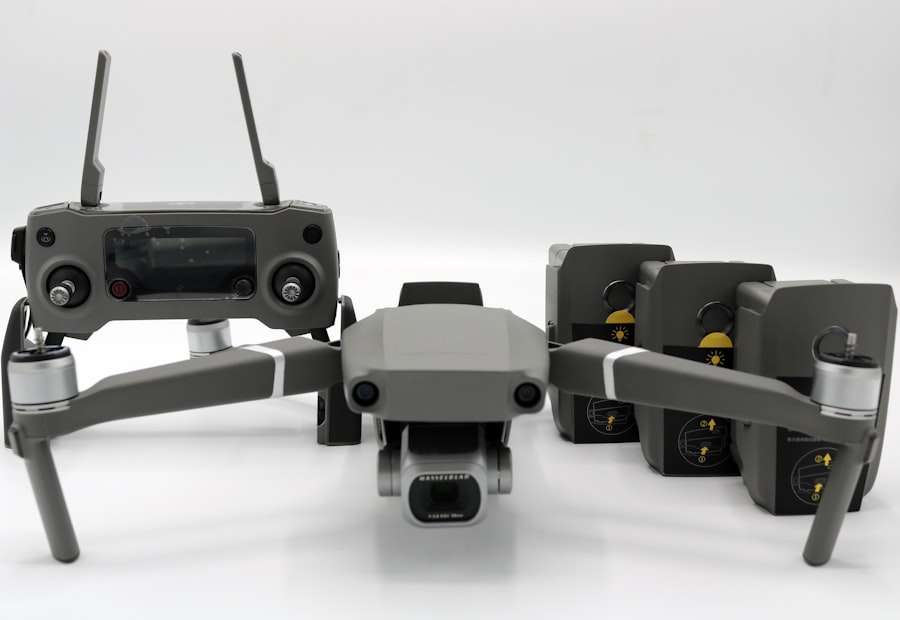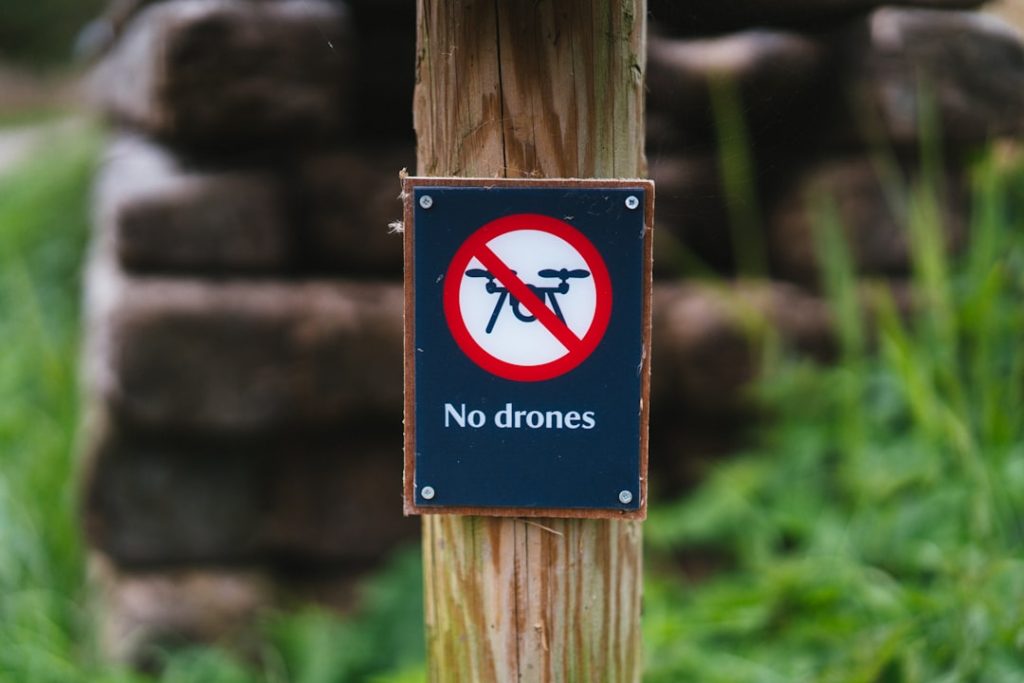The concept of unmanned aerial vehicles (UAVs), commonly known as drones, has undergone a remarkable transformation since its inception. Initially developed during World War I, these rudimentary aircraft were primarily used for target practice and reconnaissance missions. The early models were simple and lacked the sophisticated technology that characterizes modern drones.
However, as warfare evolved, so did the capabilities of these aerial machines. By the late 20th century, advancements in technology led to the development of more sophisticated drones, such as the MQ-1 Predator, which was first deployed by the United States in the 1990s. This marked a significant turning point in military strategy, as drones began to be utilized not only for surveillance but also for precision strikes against enemy targets.
The post-9/11 era saw an exponential increase in the use of drones in defense operations. The U.S. military and intelligence agencies recognized the potential of drones to conduct operations in hostile environments without risking human lives.
This led to the widespread deployment of armed drones in conflicts such as those in Afghanistan and Iraq. The ability to conduct long-range missions with minimal risk to personnel revolutionized military tactics, allowing for real-time intelligence gathering and targeted strikes against high-value targets. As nations around the world observed the effectiveness of drone warfare, they began to invest heavily in their own UAV programs, leading to a global arms race in drone technology.
Key Takeaways
- Drones have evolved from simple reconnaissance tools to sophisticated autonomous systems with advanced capabilities in defense.
- Advancements in drone technology have led to improved range, speed, payload capacity, and sensor capabilities, making them more effective in military operations.
- Drones have significantly impacted modern warfare by providing real-time intelligence, surveillance, and reconnaissance, as well as precision strike capabilities.
- Ethical and legal considerations surrounding drone use include concerns about civilian casualties, privacy violations, and adherence to international laws and regulations.
- The future of autonomous drones holds potential for increased autonomy, swarm capabilities, and integration with artificial intelligence for enhanced operational efficiency.
Advancements in Drone Technology
The technological advancements in drone systems have been nothing short of extraordinary. Modern drones are equipped with cutting-edge features that enhance their operational capabilities. One of the most significant developments is the integration of artificial intelligence (AI) and machine learning algorithms, which enable drones to process vast amounts of data in real-time.
This allows for improved decision-making and autonomous flight capabilities, reducing the need for human intervention. For instance, AI-powered drones can analyze surveillance footage to identify potential threats or targets, significantly speeding up the intelligence-gathering process. Moreover, advancements in sensor technology have greatly enhanced the capabilities of drones.
High-resolution cameras, infrared sensors, and radar systems allow for detailed reconnaissance and surveillance missions. Drones can now operate effectively in various weather conditions and at different altitudes, making them versatile tools for military operations. The development of swarm technology is another groundbreaking advancement, where multiple drones can operate collaboratively to achieve a common objective.
This capability not only increases operational efficiency but also complicates enemy defenses, as they must contend with multiple aerial threats simultaneously.
The Impact of Drones on Modern Warfare

Drones have fundamentally altered the landscape of modern warfare, introducing new strategies and tactics that were previously unimaginable. One of the most significant impacts is the shift towards remote warfare, where operators can conduct missions from thousands of miles away. This has changed the nature of combat, as soldiers are no longer required to be physically present on the battlefield.
The psychological implications of this shift are profound; it creates a sense of detachment from the consequences of warfare, leading to debates about accountability and moral responsibility. Furthermore, drones have enabled asymmetric warfare tactics, allowing smaller nations or non-state actors to challenge more powerful adversaries effectively. For example, groups like ISIS have utilized commercial drones for reconnaissance and even offensive operations against larger military forces.
This democratization of drone technology means that access to UAVs is no longer limited to well-funded militaries; even insurgent groups can acquire and deploy drones for their purposes. As a result, traditional military strategies must adapt to counter these emerging threats, leading to an ongoing evolution in defense tactics.
Ethical and Legal Considerations of Drone Use
| Consideration | Description |
|---|---|
| Privacy | Use of drones may infringe on individuals’ privacy rights. |
| Safety | Drone operations must adhere to safety regulations to prevent accidents. |
| Regulations | There are strict regulations governing drone use in different countries. |
| Liability | Operators may be held liable for any damage or injury caused by their drones. |
| Ethical Use | Consideration of the ethical implications of drone use, such as in warfare or surveillance. |
The proliferation of drone technology raises significant ethical and legal questions that are increasingly coming under scrutiny. One major concern is the issue of civilian casualties resulting from drone strikes. While proponents argue that drones allow for precision targeting and reduced collateral damage, there have been numerous instances where drone strikes have resulted in unintended civilian deaths.
This raises questions about the moral implications of remote warfare and whether it desensitizes operators to the human cost of conflict. Additionally, the legal framework governing drone use is still evolving. International law stipulates that states must adhere to principles of proportionality and distinction when conducting military operations.
However, the use of drones complicates these principles, particularly when it comes to identifying legitimate targets. The lack of transparency surrounding drone operations further exacerbates these issues, as many strikes are conducted without public accountability or oversight. As nations continue to develop their drone capabilities, establishing clear legal guidelines and ethical standards will be crucial to ensure responsible use.
The Future of Autonomous Drones
As technology continues to advance at a rapid pace, the future of autonomous drones appears promising yet fraught with challenges. The integration of AI into drone systems is paving the way for fully autonomous operations where drones can make decisions without human intervention. While this could enhance operational efficiency and reduce risks to personnel, it also raises significant ethical dilemmas regarding accountability in combat situations.
If an autonomous drone makes a mistake that results in civilian casualties, who is held responsible? These questions will need to be addressed as nations explore the potential of fully autonomous systems. Moreover, advancements in communication technologies such as 5G will enable drones to operate more effectively in complex environments.
Enhanced connectivity will allow for real-time data sharing between multiple drones and command centers, facilitating coordinated operations on a scale previously unattainable. However, this increased reliance on technology also presents vulnerabilities; cyber threats could compromise drone systems or disrupt communications during critical missions. As nations invest in developing autonomous drone capabilities, they must also prioritize cybersecurity measures to protect these assets from potential adversaries.
Drones in Intelligence and Surveillance

Drones have become indispensable tools for intelligence gathering and surveillance operations across various domains. Their ability to provide real-time data and imagery has transformed how military and intelligence agencies conduct reconnaissance missions. For instance, during conflicts in Syria and Iraq, drones have been employed extensively to monitor enemy movements and gather intelligence on potential targets.
The high-resolution imagery captured by drones allows analysts to assess situations with unprecedented detail, leading to more informed decision-making. In addition to military applications, drones are increasingly being utilized for domestic surveillance purposes by law enforcement agencies. They can monitor large crowds during public events or track criminal activities in urban areas without putting officers at risk.
However, this raises concerns about privacy rights and civil liberties. The use of drones for surveillance must be balanced with the need for public safety while ensuring that citizens’ rights are not infringed upon. Establishing clear guidelines for drone surveillance will be essential as their use becomes more widespread.
The Role of Drones in Homeland Security
Drones play a crucial role in enhancing homeland security by providing situational awareness and rapid response capabilities during emergencies. Their versatility allows them to be deployed for various purposes, including border security, disaster response, and counter-terrorism efforts. For example, drones equipped with thermal imaging cameras can assist border patrol agents in detecting illegal crossings or smuggling activities at night when visibility is low.
In disaster scenarios such as hurricanes or wildfires, drones can be deployed quickly to assess damage and locate survivors. Their ability to cover large areas rapidly provides first responders with critical information that can inform rescue operations and resource allocation. Additionally, drones can deliver supplies such as medical aid or food to remote areas affected by disasters where traditional transportation methods may be compromised.
As threats evolve and new challenges arise, integrating drone technology into homeland security strategies will be vital for ensuring public safety.
The Potential for Drones in Humanitarian Aid and Disaster Relief
Beyond their military applications, drones hold significant promise for humanitarian aid and disaster relief efforts worldwide. In regions affected by natural disasters or conflict, traditional aid delivery methods can be hindered by damaged infrastructure or security concerns. Drones offer a solution by enabling rapid assessment of affected areas and delivering essential supplies directly to those in need.
For instance, after the devastating earthquake in Haiti in 2010, drones were used to map affected regions quickly and identify areas requiring immediate assistance. They provided real-time data that helped humanitarian organizations coordinate their efforts more effectively. Similarly, during the COVID-19 pandemic, drones were employed in various countries to deliver medical supplies and vaccines to remote communities where access was limited.
The potential applications of drones in humanitarian contexts are vast; they can assist with everything from mapping disaster zones to delivering food and medical supplies during crises. However, challenges remain regarding regulatory frameworks and ensuring that drone operations do not infringe on local communities’ rights or privacy concerns. As technology continues to advance, harnessing the potential of drones for humanitarian purposes will require collaboration between governments, NGOs, and local communities to ensure responsible and effective use.


